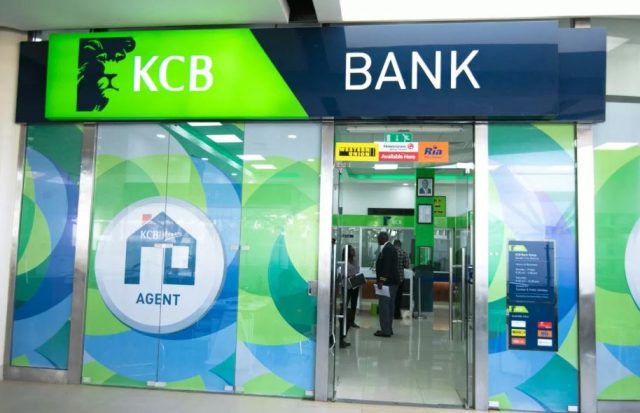
The introduction of interest cap three years ago saw a decrease in access to credit by Small to Medium Entreprises (SMEs) most of whom are perceived as risky borrowers by formal lending institutions. According to the Kenya Bankers Association during the three year period, bank lending to SMEs and corporates declined by Ksh 1.9 trillion while lending to individuals declined by Ksh 5 trillion.
The abolishment of the interest cap is set to do away with these numbers so that SMEs can have more access to financial support from these lending institutions. But how do these financial institutions get to determine the creditworthiness of a lender? A recent survey revealed that most Kenyans default their loans at will but banks have been a step ahead in countering that.
According to Kenya Bankers Association, the credit worthiness of a borrower is determined using the 4Cs namely, Character, Capacity, Collateral, and Conditions. While an individual may have the capacity to repay the loan they all too often lack intention, a situation that has put them at loggerheads with lenders because of high default rates.
To mitigate the effects of defaulting lenders are very keen on the projections of a borrower’s cash flows to not only meet the financial obligations of the project but also have enough balance to repay the debts. A restrictive covenant as part of the conditions to which a borrower must strictly adhere to close in on the gap of a borrower to intentionally default on the loan
Collateral comes in when the lenders need a fallback position in the event of a default precisely a physical asset or a guarantee of some sort. From the 4C, lenders are able to develop a credit profile of a borrower hence credit rating systems that determine credit pricing. As the credit rating risk goes up, lenders add an enhanced risk margin to shield themselves against the likelihood of default.
Experts say that lenders have no intention of making drastic changes to the current cost of borrowing as the forecasts on macroeconomic variables including gross domestic product (GDP), the unemployment rate, inflation and interest rates, which could affect it will be stable in the next couple of years.

